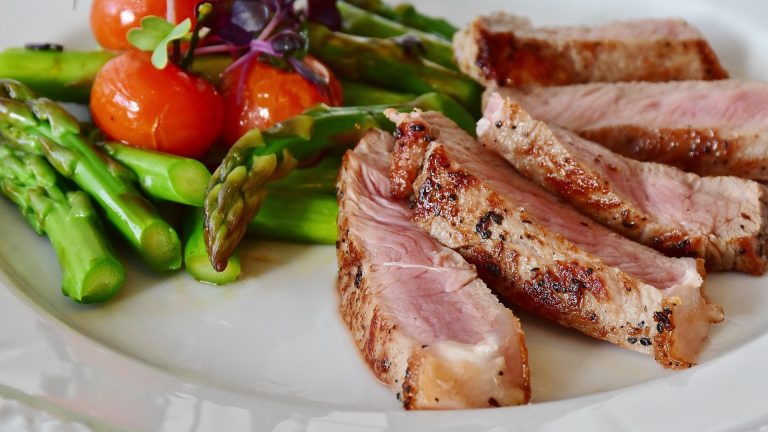The immune system is the greatest shield against possible ailments on our school-going children. Essential nutrients are the key to a resilient immunity and must be part of our kid’s lunchboxes. Before we become parents, our freezers are empty most of the time. But the day our children start school is when we realize the benefits of freezing foods so we can pack them fresh in the morning. Freezing is time-saving as it only takes five minutes to defrost leftovers that can be used for school lunches.
Healthier Lunchboxes
The best recipes for kids’ lunchboxes are free of wheat, gluten, and added sugars. Some children have fructose and egg intolerance so that’s an area we must consider when packing their lunch. Here is a guide on what to pack for a delicious and nutritious lunch.
Puddings, Yoghurts, and Smoothies
The refillable food pouches and cups that we stack in the kitchen cabinets come in handy when packing yogurts and smoothies in our kid’s lunchboxes. Instead of making chia puddings every morning, we can prepare them a day before, store in the fridge and warm them for a lunch box. Children love these during the hot days.
Home-Cooked Meats
Because of their convenience, we often pack our children’s lunchboxes with deli meat instead of cooked meat. The problem with luncheon meats is that they contain preservatives and additives which do not serve our kids’ wellbeing. How about we start cooking extra meat for dinner so we can keep a portion for a child? If we are roasting beef, let us double it so we can add a few pieces to school lunch the following week. Cooked meats go well with fresh rice, sandwiches, and sushi.
Leftover Casseroles, Curries, and Soups
It is quite easy to freeze and heat later a soup before packing it in a thermos for lunch. Curries, soups, and casseroles make perfect recipes for winter when served hot. Remove them out of the refrigerator the night before and heat them in the morning. Pack them in Pyrex containers or recycled glass jars.
Tips to Encourage Kids to Eat for Strong Immunity
We get worried when our little ones are hooked on junk. As adults, we can munch on those immunity gummies, but kids need a constant source of immunity from healthy foods. Meals don’t always have to be a battle. With the following easy steps, we can get them to eat healthy without a fuss.
Keeping Healthy Snacks Close By
Certain fruits, beverages, and vegetables must not be lacking in our kitchen. We can help our children to avoid sodas by making Greek yogurt, fruit juices, soups, and milk readily available. The reason our toddlers keep asking for cookies is probably that they get hungry too soon. To help them curb the hunger pangs we can serve them cereals and enough protein during the main meals. In between, they can munch berries, papaya, citrus fruits, whole-grain toast with peanut butter, egg sandwich, and cottage cheese, etc.
Reward Charts
We need a way to reinforce positive eating habits and reward them accordingly. Reward charts are some of the best tools to help us achieve this. We can keep track of the children’s food habits and give gold stars every time a child finishes their meal. We can even create new targets every week and have gifts ready when the little ones hit those targets. An experience backed up with a prize is the best way to instill healthy habits.
Good Communication
Listening to kids is one of the best ways to learn their food preferences. We should ask them often their views on food-related matters so they can air their grievances and feelings regarding our cooking methods. This means we should involve them in grocery shopping, preparing dinners, and creating meal plans. When we shop and prepare food in their presence, kids will start to open up the much-needed communication basis.
Snack Swapping
When kids are busy playing or tired, they can easily slip into poor snacking. Healthy snacks are supposed to keep them energized between meals with the right nutrients. Here is a guide for what to swap to introduce healthier versions of kid snacks.
- Dried fruits to replace boiled sweets
- Canned fruit in its juice rather than biscuits
- Dry cereal and crunchy veggies instead of crisps
- Fresh pineapple and banana as alternatives for a bar of chocolate
- Toasted currant buns in place of cream cakes
- Whole grain pita bread in hummus instead of pizza
Leading by example is an area we haven’t mastered yet as parents. Important to note is that kids copy what they see happening around them. This includes family culture, media, and eating habits. Parental mentorship is critical to the attitudes and habits that children form around food. We should expose kids to diverse foods at an early age. Healthy eaters eat nutritionally balanced meals and know the importance of novel foods.

